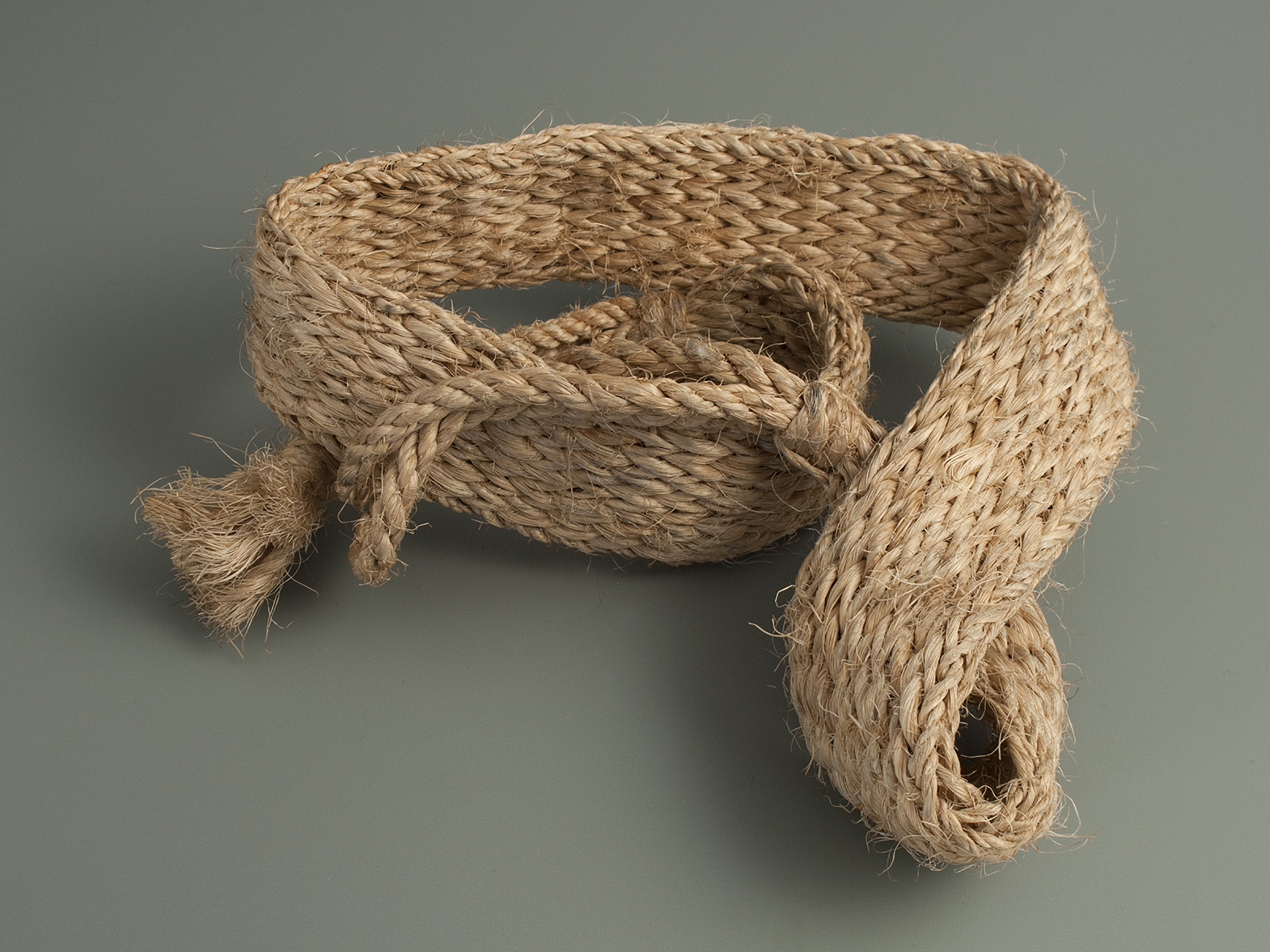Namlo Tumpline
Nepal, 1979

In an article in the August 2017 issue of The Atlantic, Pippa Biddle gives a wonderful history of the tumpline, and explains why it’s a better carrying strategy than backpacks: “When used properly,” writes Biddle, “tumplines evenly channel weight down the strongest part of the body. They require good posture and don’t allow for the sloppiness that can be hidden with a hip belt and shoulder straps. They also don’t restrict lung expansion in the way that pack straps can, allowing for deeper and more even breathing, something that is especially important at high altitudes.”
Even so, Westerners trekking in the Himalaya are reliably astonished by our first encounters with these namlo in action. Not only does it seem counter-intuitive to carry a huge load with your head; the cargo itself is often surreal.
In the Autumn of 1979, I met a Nepali porter on the Annapurna trail. He was hoofing 120 bottles of soft drinks—a stack as tall as he was—from Pokhara to the mountain village of Tatopani: a three-day hike that gains (not counting steep ups and downs) nearly a mile in elevation.
A few days later, I thought I would be clever and try fixing my backpack to a tumpline. Bad idea. Within five minutes of carrying this moderate load—to the great amusement of the watching porters—I’d strained my neck. I don’t think it’s been the same since.
Nonetheless, I bought myself a namlo as a souvenir of Nepal—partly for its folksy macramé, but also as a cautionary reminder of my reckless naiveté.
